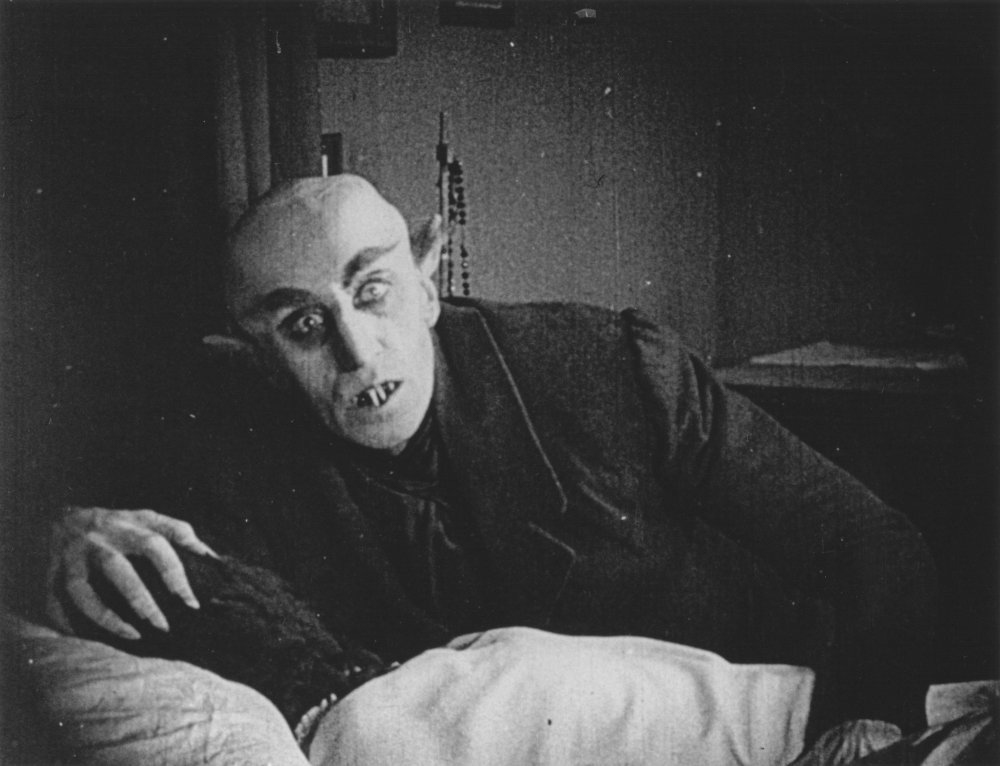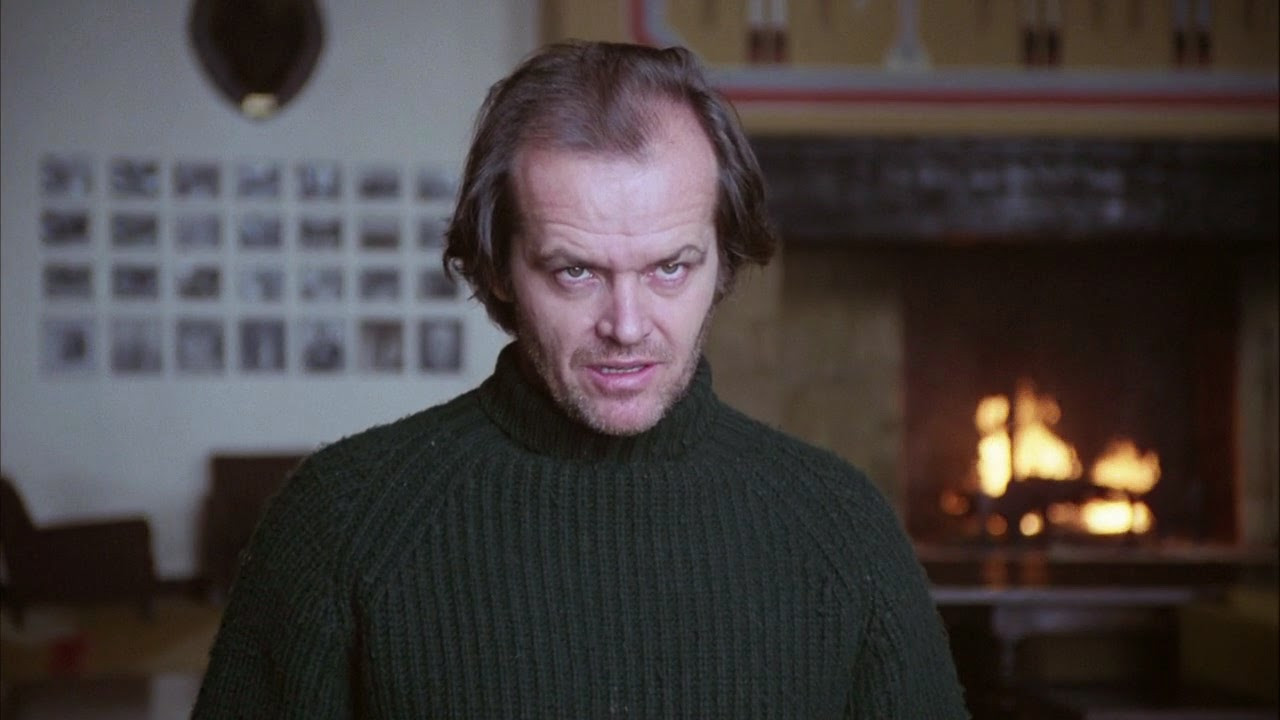1> From your studio, reflect on an aspect of two other students/group’s media work on the website in terms of specific insights they produced about a key idea addressed by the studio?
Shock! A New Horror
It was incredible to see the finished pieces on the big screen, amplifying the horror elements of the short films. According to the evolving genre, “Post-Horror” films go beyond the typical horror route of jumpscares and shallow plots with a focus on character’s emotional journeys, and a discussion of deeper themes, often related to current cultural and/or socio-political issues. These qualities and the quote “Just because it’s a horror film doesn’t mean it can’t be deep” by Jennifer Kent can certainly be applicable to the works created in this studio. The Newsroom, explored the male dominated field of journalism and broadcast media and the rape culture that accompanies that. The super-close-ups of the protagonist, the out of focus frame and muffled voice worked to emphasise the woman’s sense of isolation and disconnect from those around her, her trauma unravelling throughout the film. The final lines from the film, “most girl’s couldn’t overpower me” reflects how despite his death, he continues to haunt the protagonist and perpetuate the normalisation of assault and harassment for women in the workplace.
Gooey explores the fear of disappointment and the pressure to live up to one’s family’s expectation, exaggerated through body horror. Super-Close Ups of mouths and the grandma’s face reflect the claustrophobia and discomfort that the protagonist feels in the presence of her conservative, guilt inducing family. The use of a slimy, skin-melting like substance symbolises the suffocating, and all consuming desire to impress those around us and the awkward conversation students like ourselves are forced to have about taking an arts/communications degree. Both films included core themes that related to the current contextual climate. They were uniquely explored and challenged through the mode of Post-Horror, raising awareness for real-life horrors as well as underrated, relatable horror in one’s day to day life.
2> Choose one other studio from this list. Then describe a key idea that you think the finished media/studio work communicated with reference to two specific examples (i.e. particular individual/group works)
Uncomfortable Filmmaking
After attending the screening and exploring the website of the Uncomfortable Filmmaking Studio, my initial perception of its meaning changed. I had first thought that the studio centred more around the plot of a film and characterisation; making cringey dialogue and awkward situations in order to create the feeling of discomfort. However I see it now as more of a subtle, artistically inclined approach to filmmaking, utilising pacing, music, shots and movement to subvert the audience’s expectations and defy the typical, “comfortable” film format. I formed this opinion after watching works such as Do Geese See God (DGSG) and Sonny Vaughn. In DGSG, The actor performed entirely backwards so that, when reversed, everyone around him was moving backwards. This evoked discomfort from the audience, watching the unnatural movements of the people, and reflecting the psyche and sense of loneliness felt from the protagonist. There was zero dialogue that also contributed to the feeling of miscommunication and disconnect from the protagonist and the other characters as well as the audience and the film.
Sonny Vaughn took an even more abstract approach, focusing on feeling rather than plot and character. The protagonist’s face is concealed by a mask throughout the film, which resulted in myself as the viewer feeling disconnected from him as well as feeling left in the dark as to who he was, being accustomed to seeing characters on film in their entirety. The use of quick camera movements and cuts worked to reflect the protagonist’s growing paranoia and sense of urgency, and evoked a feeling of motion sickness and anxiety. Nearing the end, the music that remained a constant throughout the film cuts to silence, followed by a wide shot of the protagonist’s target and a close up of the protagonist’s eyes. This change of pace and unexpected silence raised the tension in the room astronomically, the audience sitting in their discomfort as they waited for the protagonist’s next move. This studio, which I initially saw as quite a simple approach to filmmaking, was surprisingly enlightening. It pushed me to reconsider how, by taking the audience on an unexpected journey and evoking unease and uncertainty from the individual, one can provide a more potent viewing experience and portray emotions and relationships in a uniquely powerful way.



